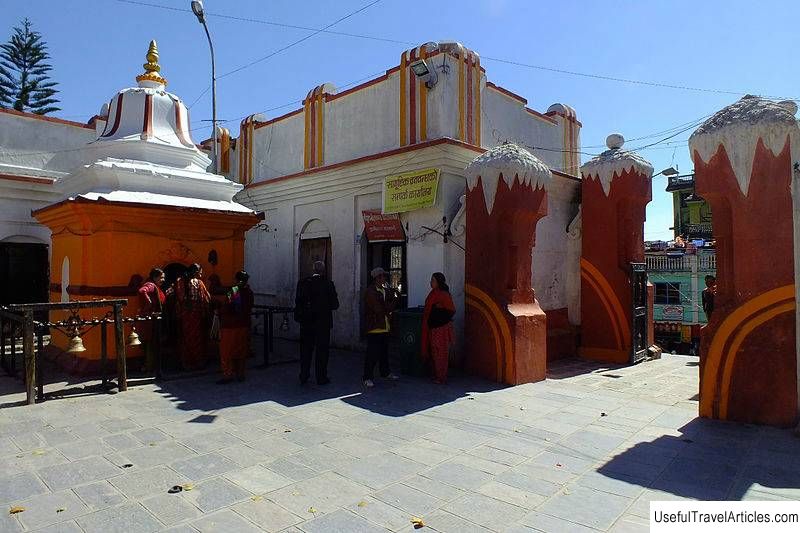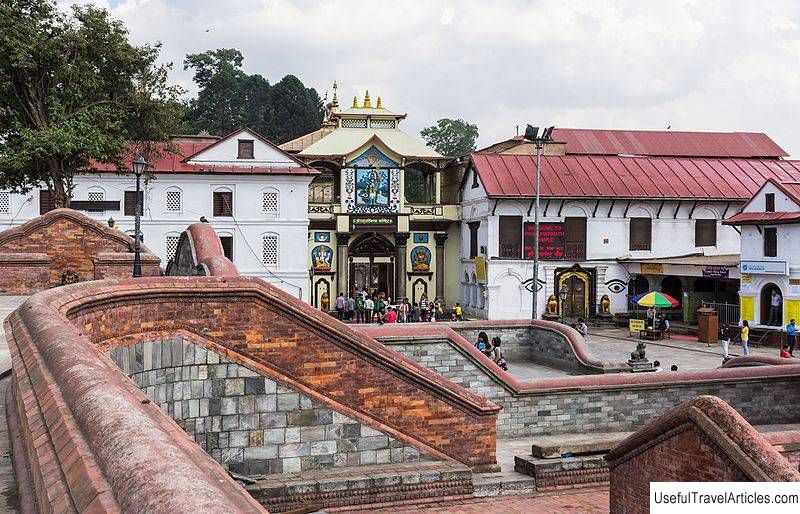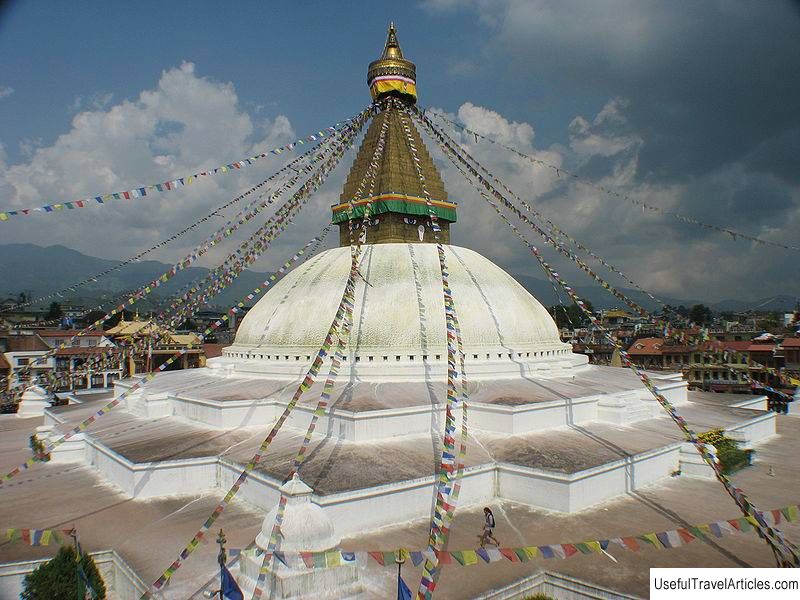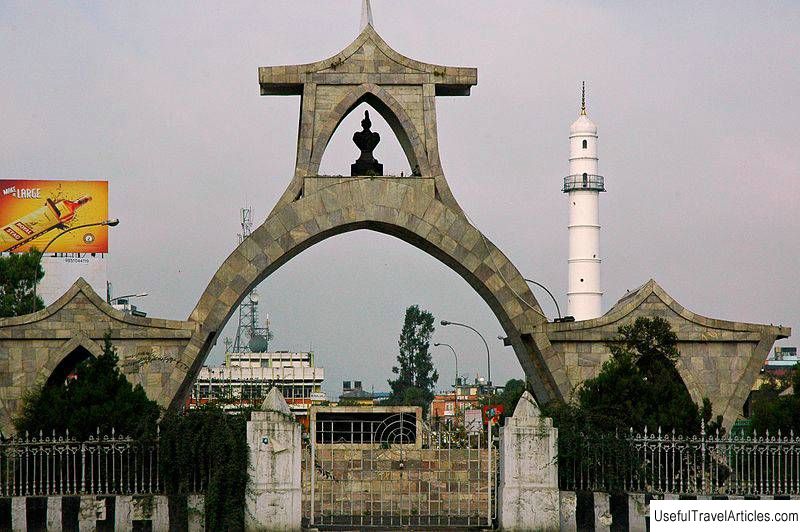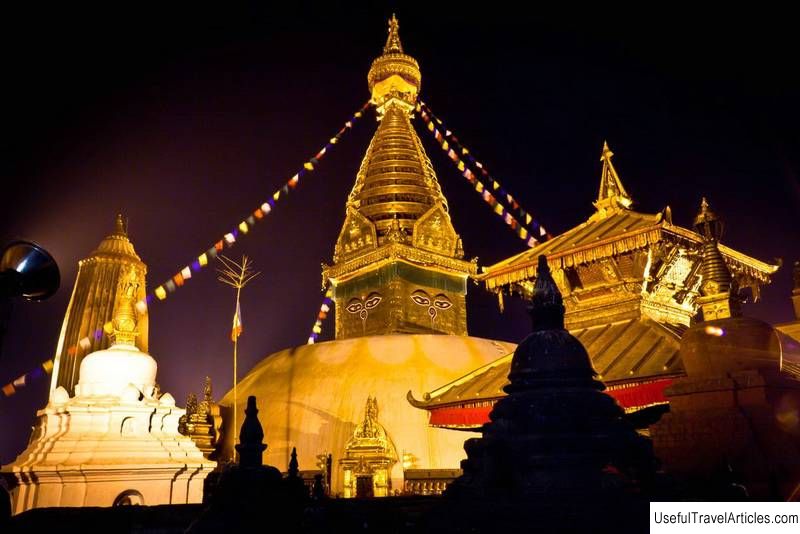Kasthamandap Temple description and photos - Nepal: Kathmandu
Rating: 7,5/10 (100 votes) 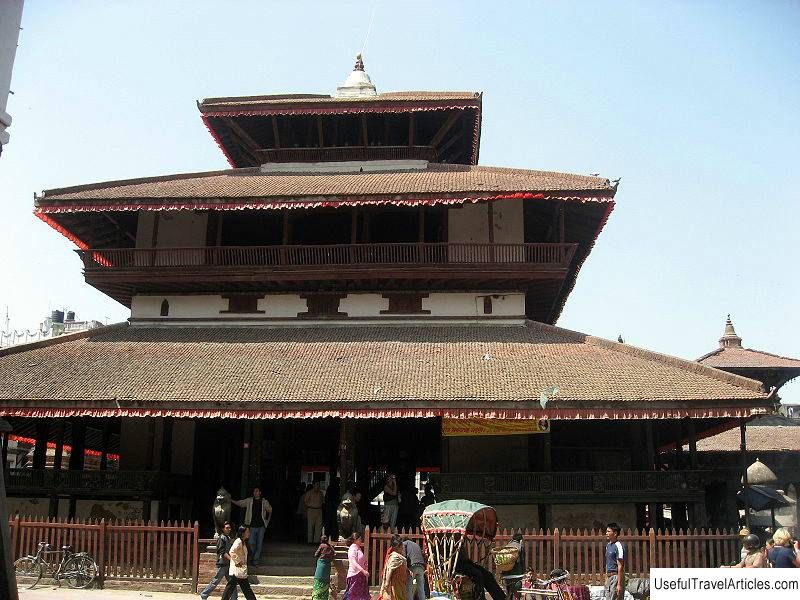
Kasthamandap Temple description and photos - Nepal: Kathmandu. Detailed information about the attraction. Description, photographs and a map showing the nearest significant objects. The name in English is Kasthamandap Temple. Photo and descriptionKastamandap, which means "Shelter in a tree" in Nepali, is now one of the most famous Hindu temples in Nepal. This three-level pagoda was previously used as a haven for merchants and travelers who traveled from Tibet to India. Small hotels like this were not uncommon in the Kathmandu Valley. The wandering people spent the whole winter here, waiting for spring and melting snows on dangerous mountain passes. Later, in the second half of the XIV century, in Kastamandap, at the request of the king from the Shah dynasty, a shrine was installed - a statue of the guru Gorakhnat. The shelter has become a temple visited by thousands of pilgrims. They are primarily attracted by another local attraction - the footprints of the guru Gorakhnat, who lived as a hermit. For a long time it was believed that that Kastamandap was built in the XII century. But recent archaeological research has shown that this structure is probably dated back to the 7th century. It is believed that the Kastamandap temple was made from a single sal tree trunk, which is highly durable and resistant to environmental influences. The sal tree is sacred to Hindus, as they believe that it was under it that the Buddha was born. Residents of Kathmandu believe that the tree from which Kastamandap was later built was grown by guru Gorakhnat. The mistake of the ancient builders of Kastamandap was also recently discovered. The pagoda was supposed to be supported by four pillars, one of which, probably due to negligence, was not installed. Therefore, the temple was seriously damaged by the earthquake that occurred on April 25, 2015. Now Kastamandap has been restored and opened to believers and tourists. No photography is allowed inside.    We also recommend reading Ruins of the castle of Wildenstein (Burgruine Wildenstein) description and photos - Austria: Bad Ischl Topic: Kasthamandap Temple description and photos - Nepal: Kathmandu. |
